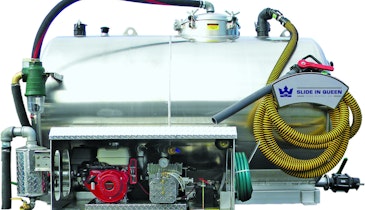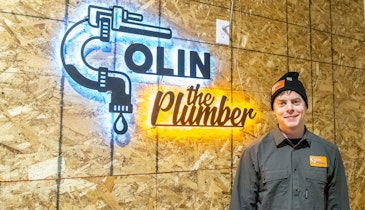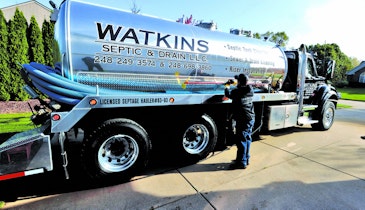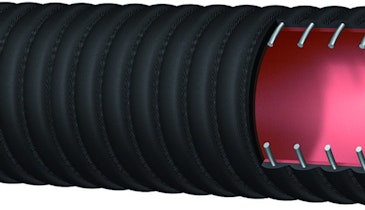Connecticut contractor Joe Dastoli, in response to a Septic System Answer Man column, writes: “Why do states still require the installer to place perforated pipe the whole length of the trench if the effluent drains in the first three holes?’’
In his March column, our Answer Man Roger Machmeier reminded Pumper readers that – contrary to many municipal code requirements – the majority of the length of perforated pipe in a septic system drainfield is unnecessary. He explained that in tests he performed using typical 4-inch perforated pipe, effluent routinely drained out from the first foot or two of pipe, and the rest of the pipe went unusued. He explained that effluent reaches the length of the trench as biomat forms along the trench, that the pipe has no impact on effluent flow.
I went back to Machmeier and his former University of Minnesota colleague Jim Anderson, the National Association of Wastewater Transporters Inc., education program coordinator, to answer Dastoli’s question directly. They both said there is no good reason why codes continue to call for perforated pipe along the length of a drainfield. The rules were simply never adapted to what research tells the experts.
“Most states do not have personnel with adequate expertise in the basic principles of onsite sewage treatment systems. State codes continue to be plagiarized from other states, and the old and incorrect codes continue to be used in perpetuity,’’ Machmeier responds. Anderson adds that for whatever reason, no one has pushed state agencies to amend onsite system requirements to eliminate unneeded lengths of pipe.
If you want to see a change in the rules – so you can stop burying PVC pipe for no reason – contact your state’s regulators and legislators and tell them what Machmeier’s research shows. An effort to change these codes seems like the right thing to do on two counts: First, you’ll be saving customers the cost of a few hundred feet of PVC pipe, and second, you’ll be preserving resources used to make the pipe, making this the green way to go.





